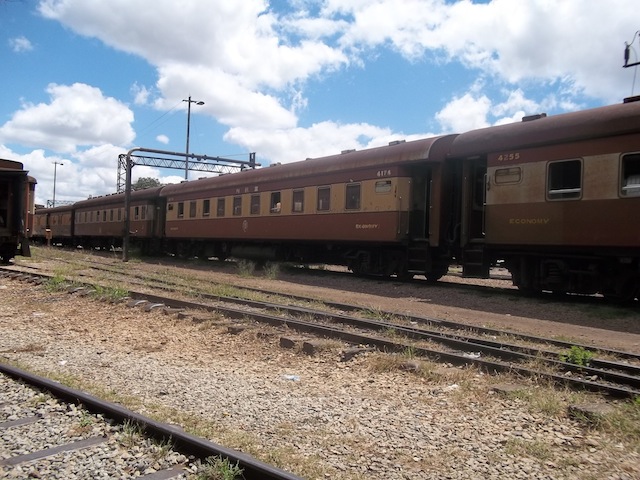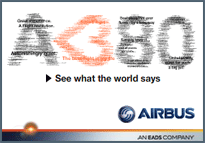Zimbabwe: Zimbabwe Transportation Profile
2015/01/25

Transportation is well developed, with railway, road, or air transportation serving most parts of the country.
Transportation
The major road system generally follows the line of white settlement along the spine of the country, with two branches north to Victoria Falls and Kariba and a network fanning out from Nyanda, close to the Great Zimbabwe ruins. Wartime operations brought an development in certain areas, inclunding the construction of strategic roads in the eastern highlands and near the Zambian border.
The road system has not been adequately maintained since the mid-1990s, and much of it has fallen into a national of disrepair.
National Railways of Zimbabwe
The National Railways of Zimbabwe (NRZ) is the parastatal railway of Zimbabwe. The Zimbabwean railway system was largely constructed during the time of British colonial policy, and part of it represents a segment of the Cape to Cairo Railway[citation needed]. Until 1980 it was called Rhodesia Railways (RR).
Rhodesia Railways
In the colonial era, Rhodesia Railways was the national railway operator in both Southern Rhodesia (presently Zimbabwe) and Northern Rhodesia (presently Zambia). Although Zambia gained independence in 1964, it was not until 1967 that Rhodesia Railways surrendered the 1,300 km (810 miles) of route and 80–90 locomotives to Zambia Railways.
Rhodesia Railways steam locomotive allocation, 1 June 1975 Bulawayo Gwelo Total
12th class (4-8-2) 5 1 6
14A class (2-6-2+2-6-2) 7 6 13
15th class (4-6-4+4-6-4) 52 0 52
16A class (2-8-2+2-8-2) 8 9 17
19th class (4-8-2) 3 0 3
20th class (4-8-2+2-8-4) 18 0 18
Total 93 16 109
Rhodesia Railways was a heavy user of the Garratt locomotive. In June 1976, 100 of its 109 locomotives were Garratts. For operational purposes, Rhodesia Railways was divided into two areas: those lines north-east of Gwelo (presently Gweru) fell into the Eastern Area, with all other lines in the Southern Area.
Opening of the railroad to Umtali in 1899
NRZ operates about 3,400 km (2,100 miles) of railway lines, all of 1,067 mm (3 ft 6 in) providing passenger and freight services. The gauge is standard for all of southern Africa. NRZ has an significant transit function in the southern part of Africa and is well linked with neighboring nations: toward the north, at Victoria Falls the system links to the Zambia Railways, crossing the Victoria Falls Bridge. Toward the Indian ocean the system links to the Beira Railroad Corporation in Mozambique. A second line toward Mozambique reaches Maputo. To the west, a connecting line link ups to Botswana Railways to reach South Africa, from presently on reaching Durban and Cape Town. A direct line to South Africa from Bulawayo was opened in 1999 by the Beitbridge Bulawayo Railway. The 313 km (194-mile) Gweru-Harare section is electrified at 25 kV AC.
Steam
Steam locomotives are still used in Zimbabwe; they have proven so popular with tourists that there are plans to refurbish several additional steam locomotives.
However, funding is constrained, and diesel-hauled freight transport is a higher priority.
Crisis
The NRZ has as well suffered of the general decline of the country's economy. Neglect of maintenance, lacking spare parts and overdue replacement of equipment have led to a situation were only part of the railroad net is in good condition and equipment problems have led to reduced service. Steam locomotives have been reintroduced since 2004 as coal is in relatively good supply, while diesel must be imported and electricity shortages are common. Further, the company is seriously indebted, making it impossible to solve this situation without external help.
Goods transport has declined, from 18 million tonnes in 1998 to 2 million tonnes in 2010
- Zimbabwe News
-
- AFGHANISTAN: UNWTO: International tourism – strongest half-year results since 2010
- BOTSWANA: Why governments need to support the financial sector to meet the unserved needs of smallholder farmers
- BOTSWANA: International Arrivals To Africa Reach More Than 18 Million In 2017
- ZIMBABWE: Zimbabwe economy recovering thanks to agric and mining
- ZIMBABWE: Behind the scenes, Zimbabwe politicians plot post-Mugabe reforms
- ZIMBABWE: Zimbabwe: U.S.$300 Million for Kondo Dam
- Trending Articles
-
- SOUTH AFRICA: Nigeria and South Africa emerge from recession
- BAHRAIN: Bahrain issues new rules to encourage fintech growth
- ARUBA: Director of Tourism Turks and Caicos after Irma: Tourism, visitors, hotels current status
- ANGOLA: Angola: Elections / 2017 - Provisional Data Point Out Qualified Majority for MPLA
- WORLD: How fair is our food? Big companies take reins on sourcing schemes
- CHINA: Russian firm seals energy exploration deal to drill South African shelf






.gif?1356023993)

